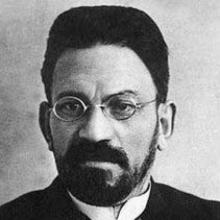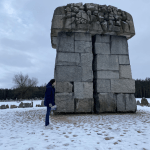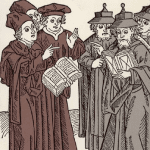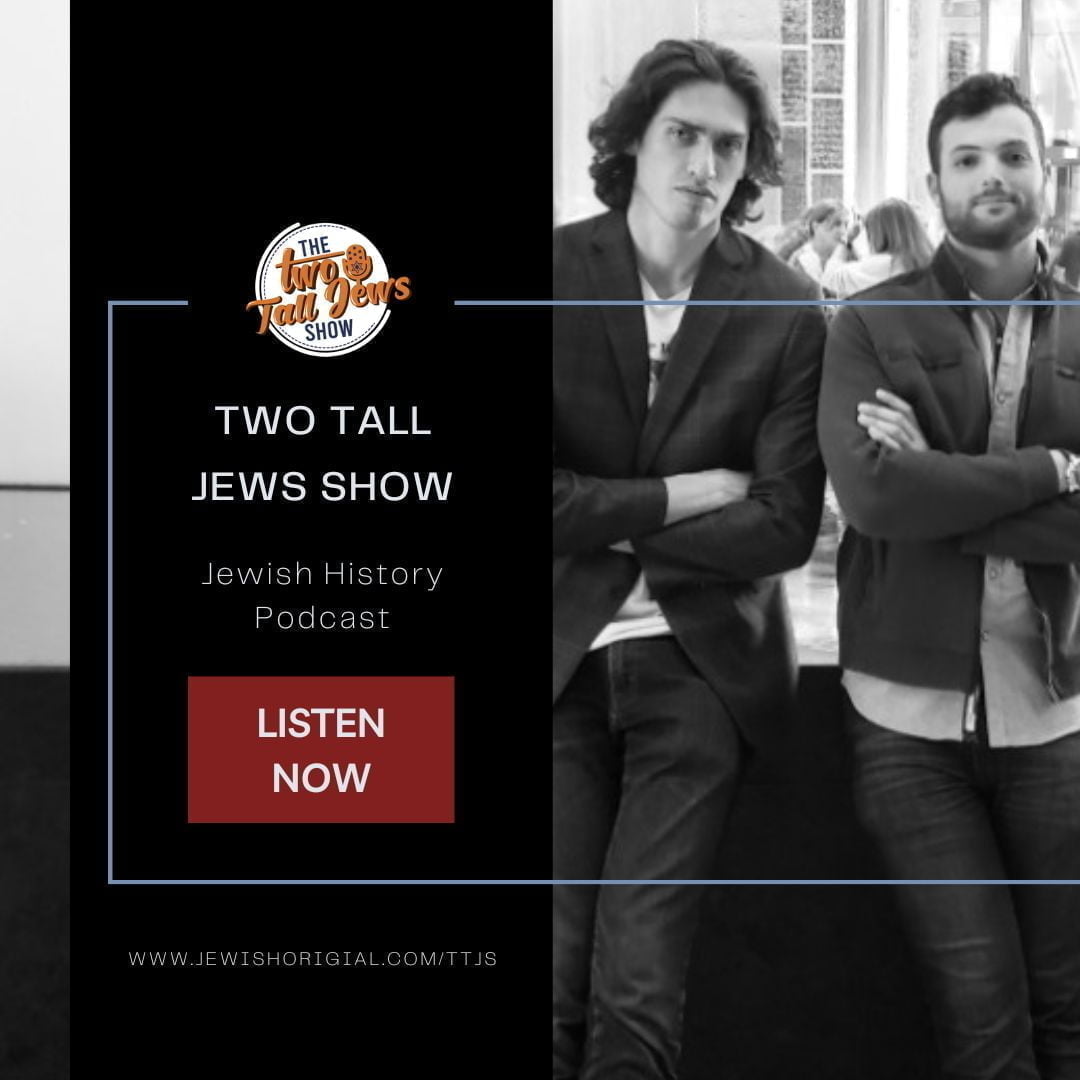On This Day in Jewish History: October 8, 1939
#onthisday, 1939, the first ghetto in Poland was established in Piotrkow. The Germans took control of the city on September 5 and a month later, announced an order that all Jews must move into the ghetto.
.
By January 1940, all of the Jews in Piotrkow and the surrounding towns had moved into the ghetto area.
.
Jews were attacked and beaten on the streets often. The Nazis randomly rounded up Jews to be sent to forced labor, extermination camps or both.
.
The ghetto remained open until April 1942. During that time the it had no fence and was not guarded, allowing Jews to come and go as they pleased, although they were not allowed in all parts of town.
.
The food supply was controlled going into the ghetto and Jews were not allowed to purchase food outside of the ghetto. This led to a shortage of food in the ghetto and many Jews smuggled food just to stay alive.
.
If caught, they were sent to a labor camp and usually never heard from again.
.
The Judenrat, led by Zalman Tenenbaum, tried to help those in need by setting up soup kitchens and giving out charity.
.
There was also an orphanage and a children’s club. Orphans were adopted by other Jews even though they struggled to take care of their own family.
.
Once the ghetto was closed in the spring of 1942 conditions worsened. The Jews of the ghetto continued to try to help each other and celebrate the holidays as a community.
.
By the end of 1942, all but 2,000 of the Jews in the ghetto had been deported and by July 1943 the last remaining Jews were either deported or shot.
.
At that point, Nazis then hung a sign at the Piotrkow train station that read “Piotrków Trybunalski is Judenrein” which means free of Jews.
.
.
#judaism#jewish#history#jewishhistory#onthisday#Piotrikow#ghetto#Holocaust#NeverAgain#poland#nazis#antisemitism#otdjh
.
Text Source:
https://www.yadvashem.org/yv/en/exhibitions/valley/piotrkow/ghetto.asp













Start the discussion at community.jewishoriginal.com